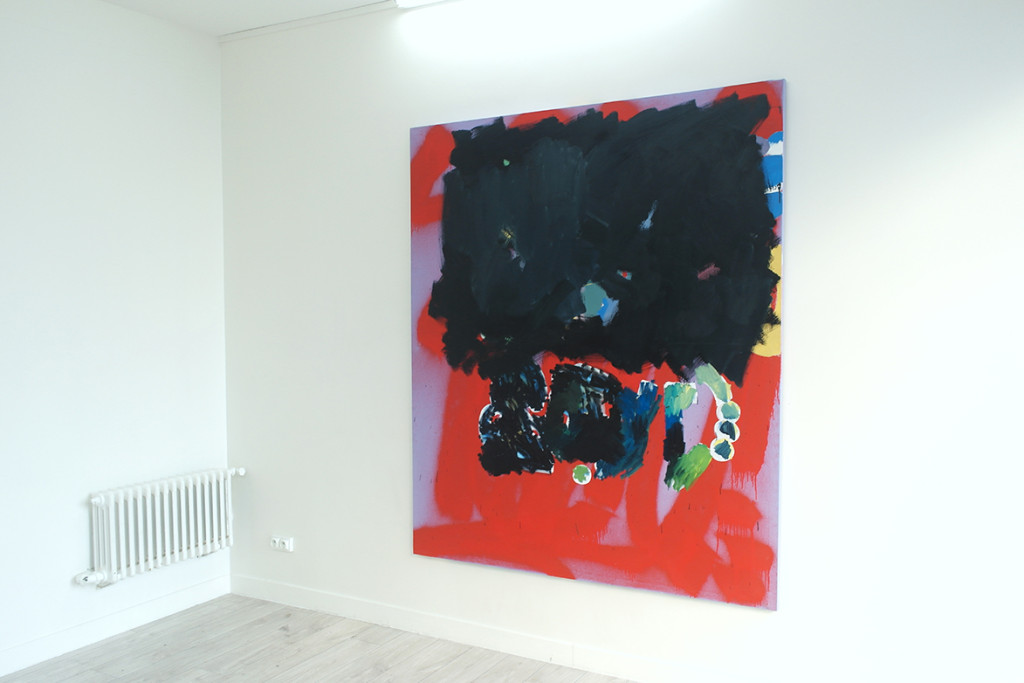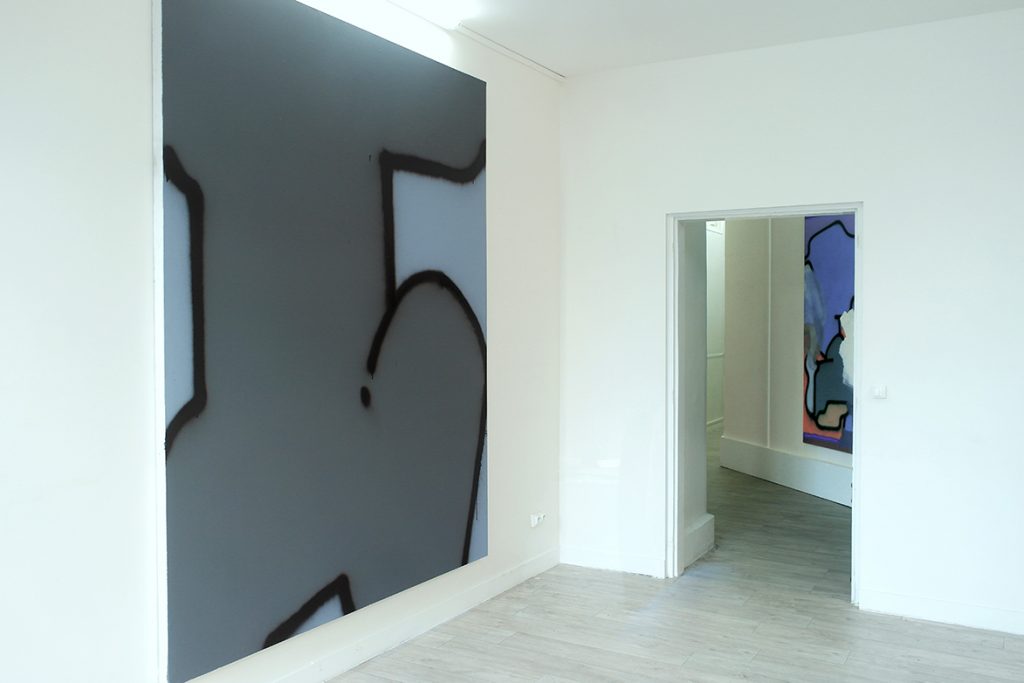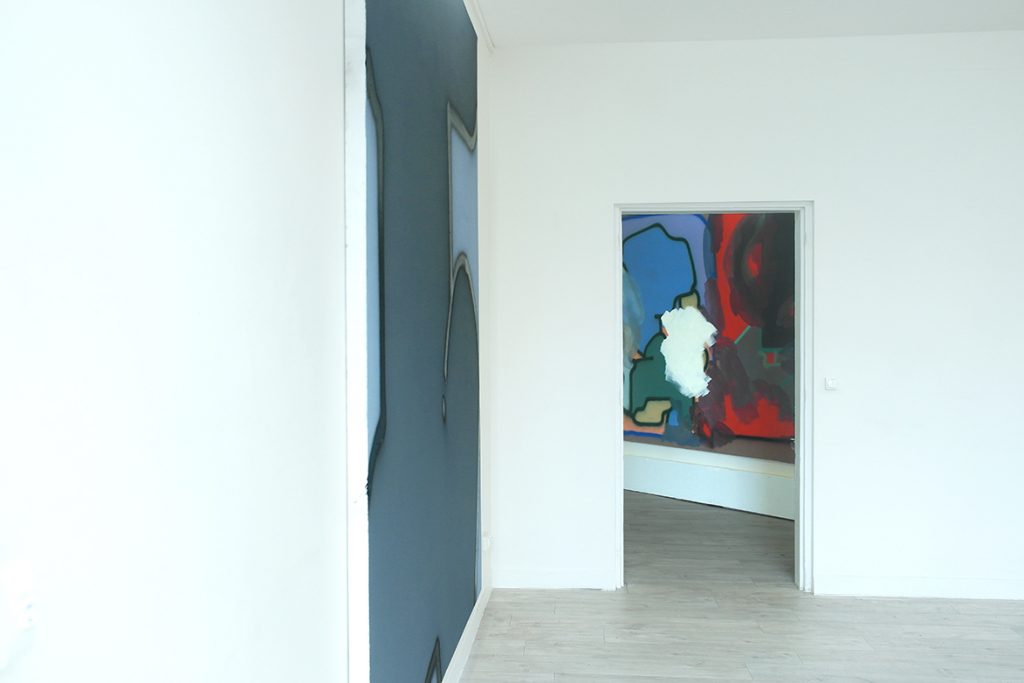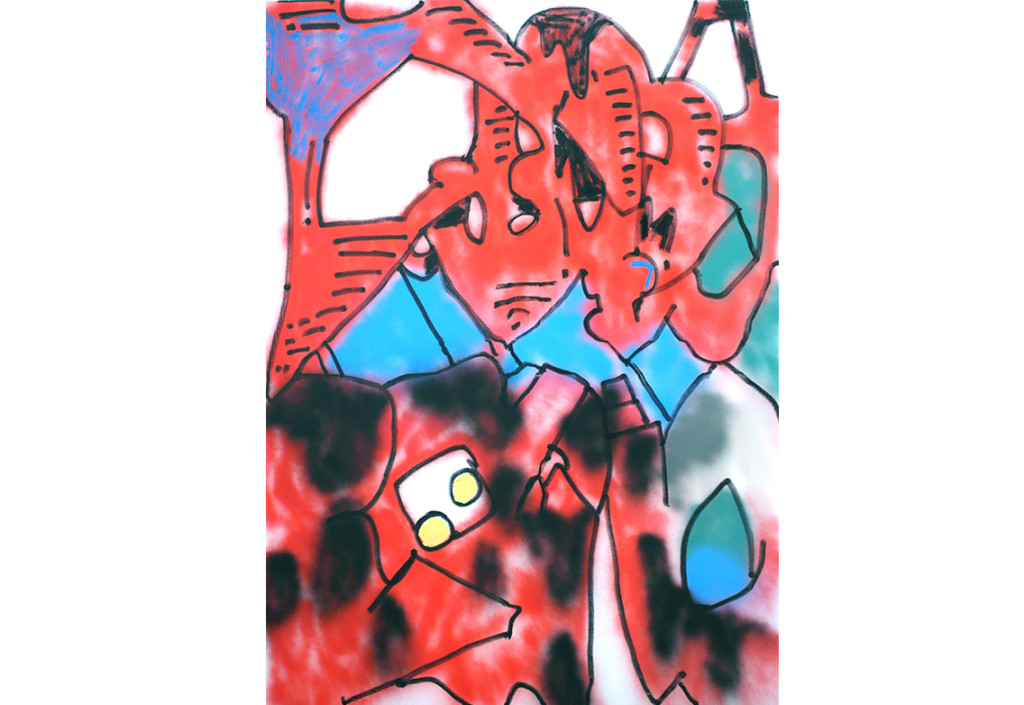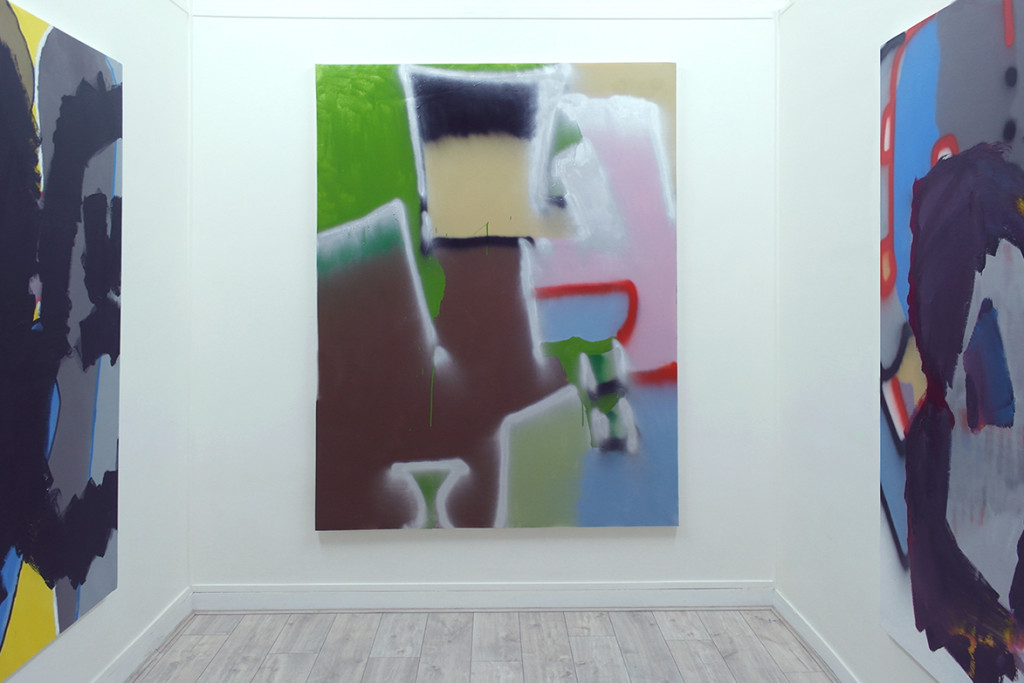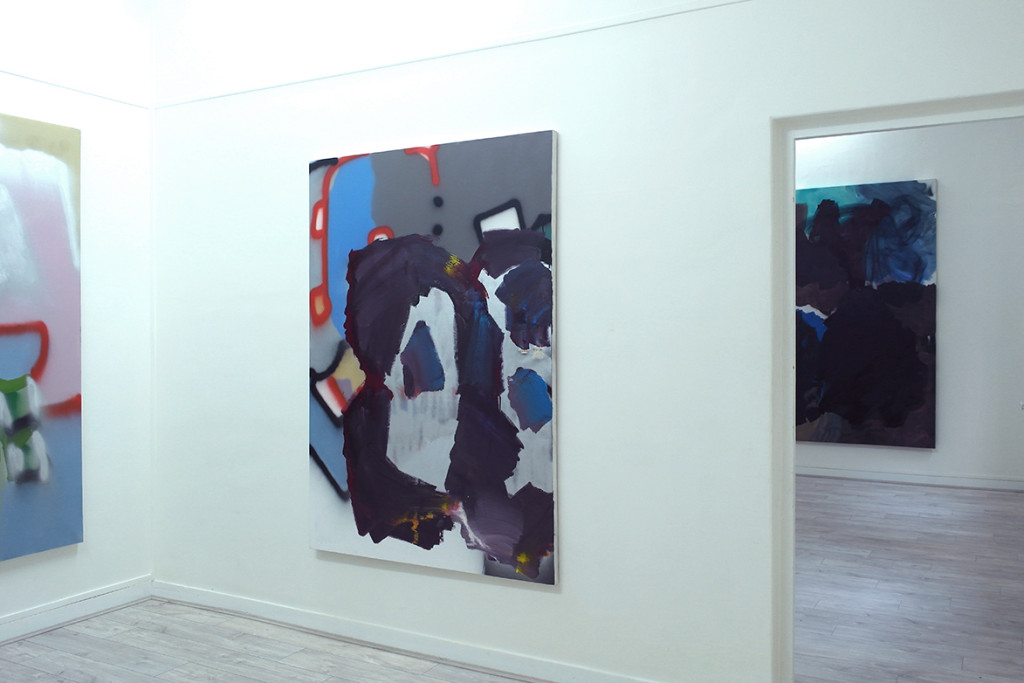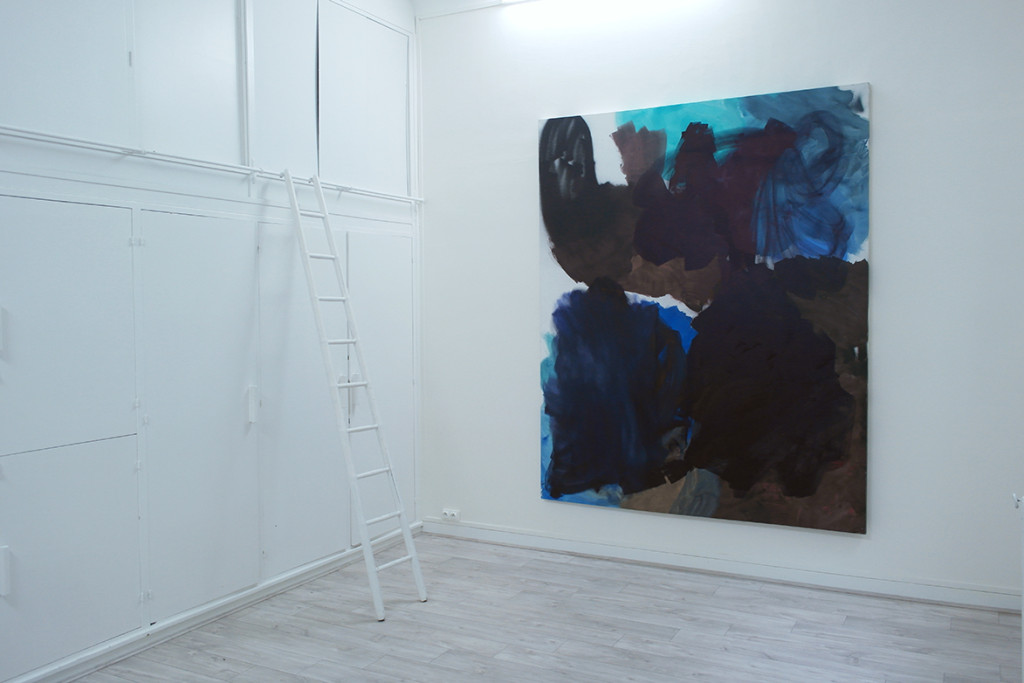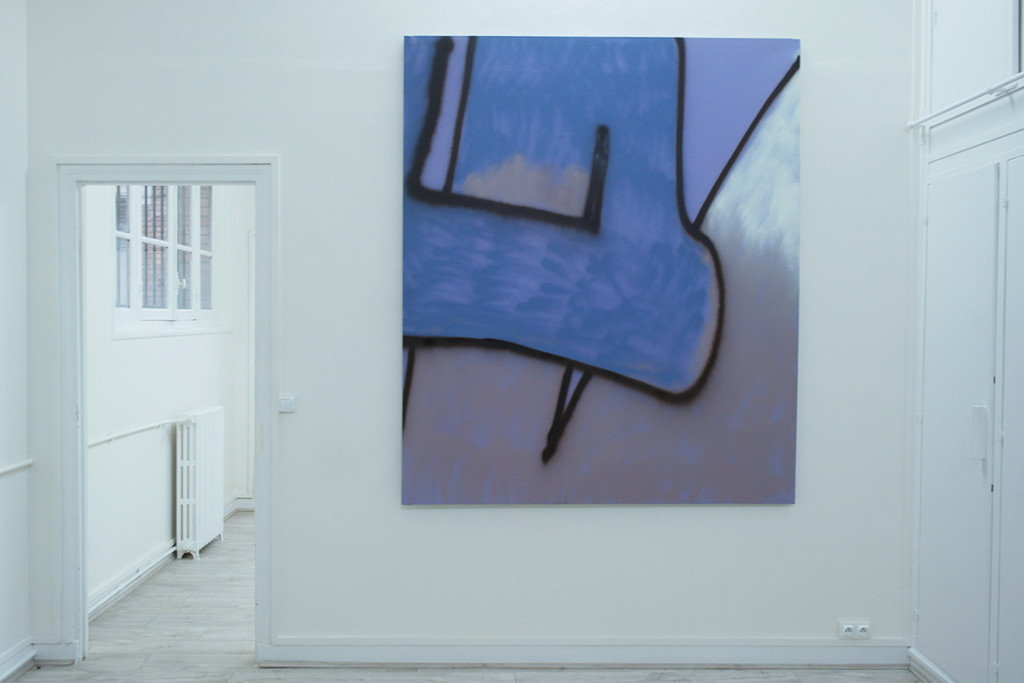18
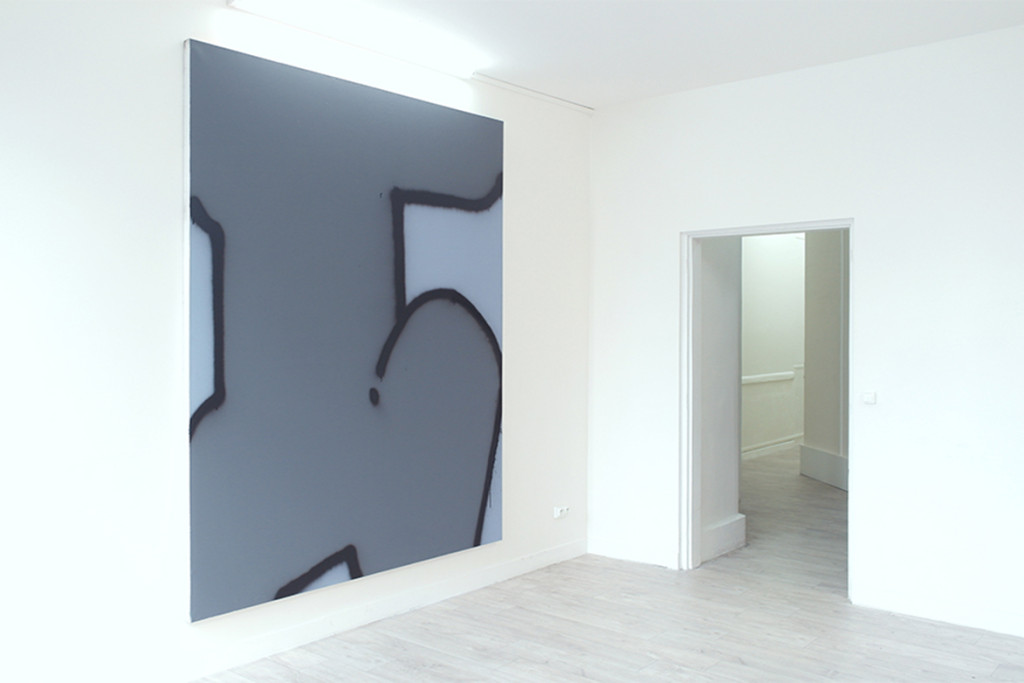
Une des problématiques que pose la monstration de l’œuvre d’un graffeur, dans un lieu dédié à l’art, dépasse la question du contexte si cher à ce dernier. Ce passage vers l’intérieur emprisonne autant qu’il marque l’identité. Cette identité qui, au gré d’un environnement extérieur, peut se mouvoir, se grimer, se dérober. Produire une trace et sa répétition à l’infini, est un des jeux favoris de ceux qui la pratiquent. Se fondre dans la forme matérielle du graffiti, ne faire qu’un avec elle, accepter tel un sacerdoce n’être qu’un nom, embrasser l’anonymat, se refuser par conséquent d’être un artiste – sa représentation – car le pacte est implicite, le graff signe et renvoie à celui qui le fait vivre ; tu ne pourras être sans moi.
Quel jeu morbide, si l’instinct humain le plus vivace n’était pas celui rattaché à sa survie. Si le graffiti impose une dévotion sans bornes à son exécutant, sa tyrannie voudrait qui lui soit offert son plus beau requiem.
SAEIO décide de réviser les clauses du dit contrat, et forge le désir d’une partition en ré mineur. Il y a le dehors –la répétition– avec l’écriture sur des stores de laquelle émane une efficacité provenant de l’effusion directe (l’improvisation) non filtrée de ses émotions. Et le dedans -la représentation- avec la retranscription plastique du rapport polémique, spirituel, et affectif liée à une « pratique de rue ».
SAEIO est le trait d’union, et nous permet d’assister au passage. Aucune transposition de son univers à un autre monde, qui aurait été l’erreur d’un inconscient, mais l’objet d’une naissance au combien douloureuse, intime. Nolens volens, s’effacer ou s’embellir ?
Encore le jeu des antagonismes, l’impulsion ou la rigueur, la synthèse est inévitable.
Des deux, le graffiti comme la forme la plus pure de l’expression de soi et l’individu qui le produit, il faut rompre la contradiction.
Il n’est pas dans l’histoire de l’art, de confrontation plus violente entre son artiste et l’objet de son travail. Avec la ville, décor de la petite mort au visage d’ange, sur ses murs le fruit de SAEIO, dont il ne peut, en certains cas, même pas goûter la saveur, conserver la trace. Le geste est beau, voire romantique mais si dangereux pour soi. Comment ne pas désirer l’infini ? Encore une répétition, mais jusqu’à quand ?
Il est l’heure du lever de rideaux. Les stores s’ouvrent, se ferment, s’arrêtent, se languissent, nous n’arrivons plus à lire, alors il faut ressentir. Et c’est de là que née la peinture de SAEIO. Elle est un instant, une sensation, un souvenir, un oubli, un repentir, elle est ce qu’il est possible d’y voir.
SAEIO fait la proposition donc d’une tournure harmonique du dehors et du dedans. Il n’est pas possible de l’embrasser pleinement si l’un ou l’autre vous manque. SAEIO la signature, l’empreinte, l’artiste discipliné, bûcheur qui s’autorise à la grande peinture par l’intermédiaire d’un prétexte simplifié.
Non, personne n’a oublié d’où il venait.
Sandra Mezache.
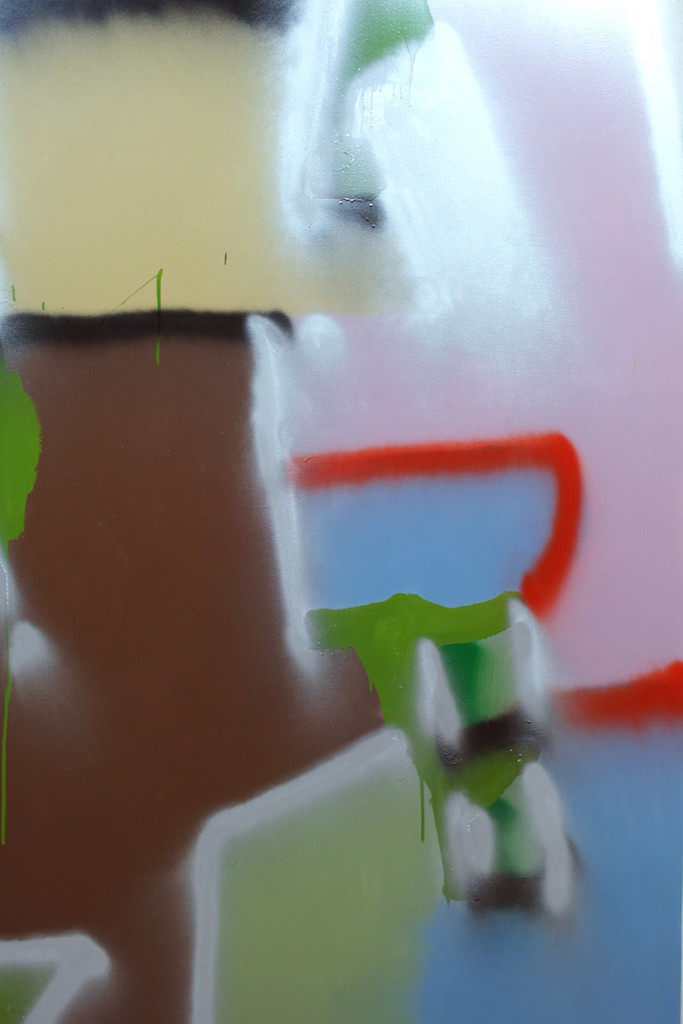
One of the problematics of showing the work of a writer in a place dedicated to art, is that it overlooks the question of context so essential to this line of work. This passage towards interior imprisons as much as it marks identity. This identity which, at the mercy of the exterior environment, can move, make itself up or get stole. To produce a trace and repeat it endlessly is one of the favorite games of the one who practice it. To melt into the material form of graffiti, to form one with it, to accept, like a priesthood, to only be a name, to embrace anonymity, to refuse in consequence to be an artist – or its representation – because the deal is implicit, graffiti signs and refers back to the one making it live, you cannot be without me.
What a morbid game, if the strongest human instinct was the one attached to survival. If graffiti imposes a limitless devotion to its performer, its tyranny would like to see it offered it best requiem.
SAEIO decides to revise the clauses of the contract and forges the desire of a score in D minor. There is the outside – the repetition – with writings on metal gates from which emanate an efficiency proper to direct warmth (improvisation) unfiltered by emotions. And the inside – the representation – with the plastic retranscription of the controversial, spiritual and affective link to a “street practice”.
Saeio is the link, and allows us to witness the passage. No transposition from his universe to another, which would have been the error of the unaware, but the object of a birth, painful, intimate. Nolens volens, to erase or to embellish?
Again the antagonist’s game, impulsion or rigor, synthesis is unavoidable.
From both, graffiti as the purest form of self-expression and the individual that produces it, we need to break the contradiction.
There is no confrontation more brutal between an artist and its tool in Art History. With the city, backdrop of the small death with an angelic face, on its walls, Saeio’s fruits, some of which he cannot even taste the aroma, keep a trace. The gesture is beautiful, romantic even, but dangerous for itself. How can we not desire the infinite? Another repetition, but until when?
It is time to lift the curtain. The gates open and close, stop and stay, we cannot read anymore so we need to feel. And it from there that is born Saeio’s painting practice. It is an instant, a sensation, a memory, a remorse, it is what one can see in it.
Saeio proposes a harmonious turn of the inside and out. It is impossible to embrace fully if one or the other is missing. SAEIO the signature, the mark, the disciplined artist, swot that authorizes himself to grand paintings through a simplified pretext.
No, nobody has forgotten where he comes from.
Sandra Mezache
